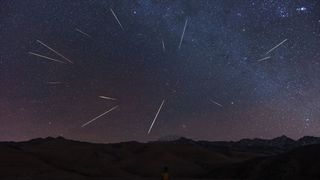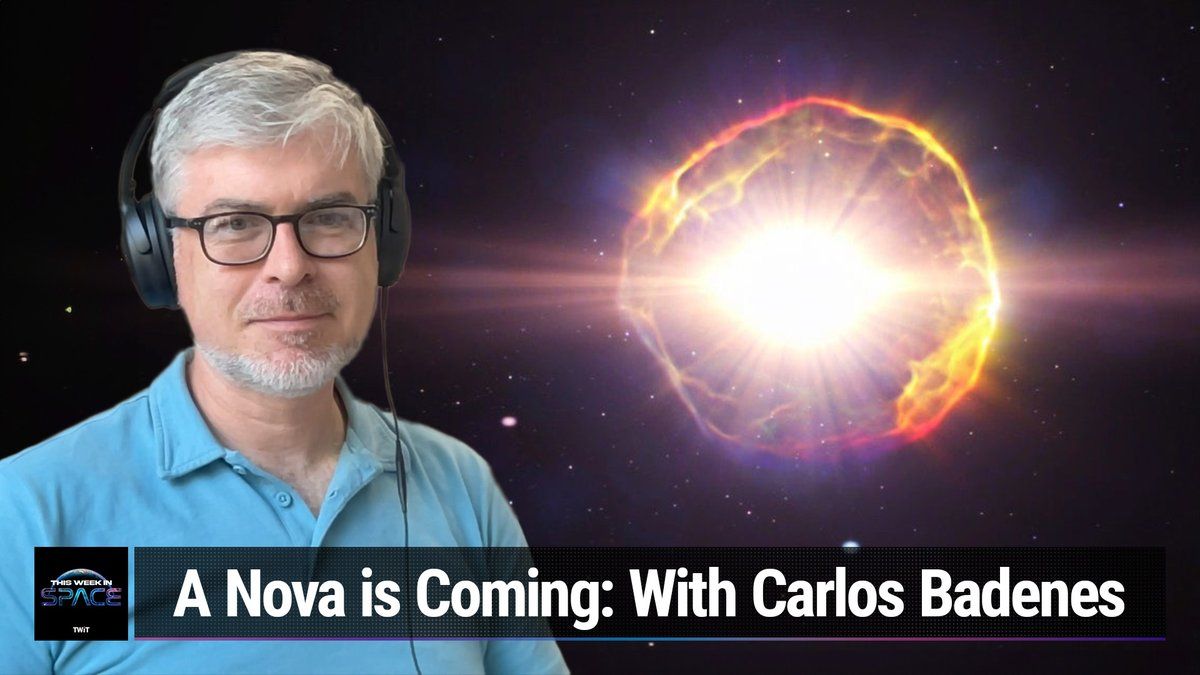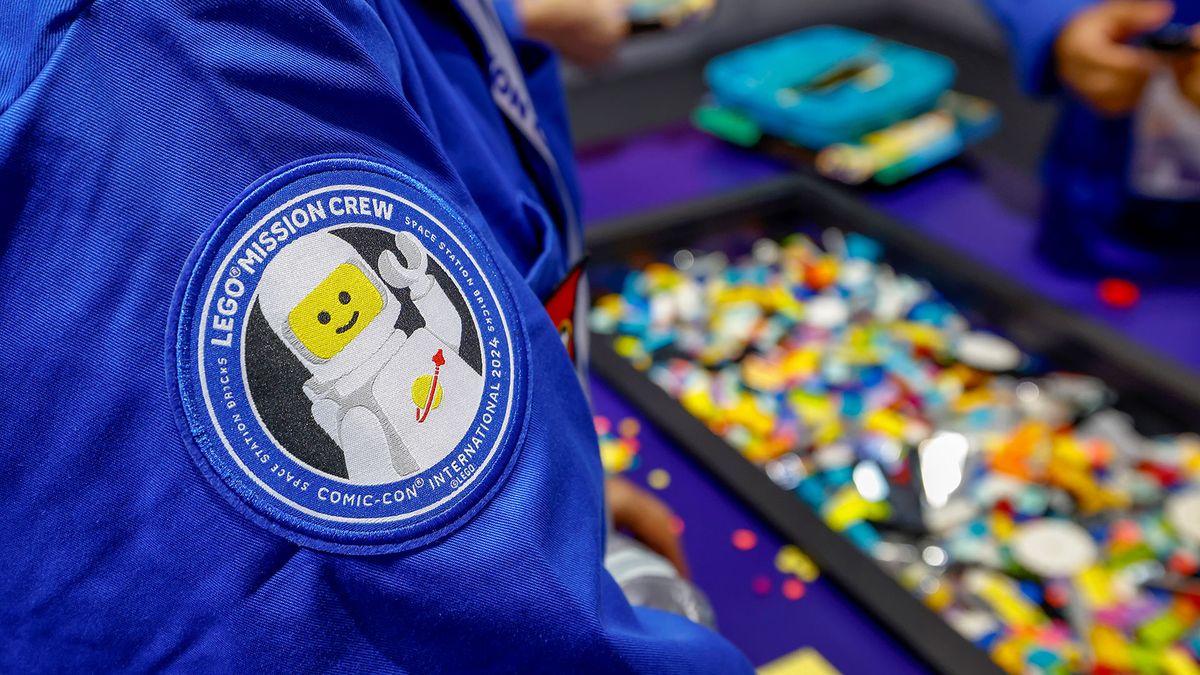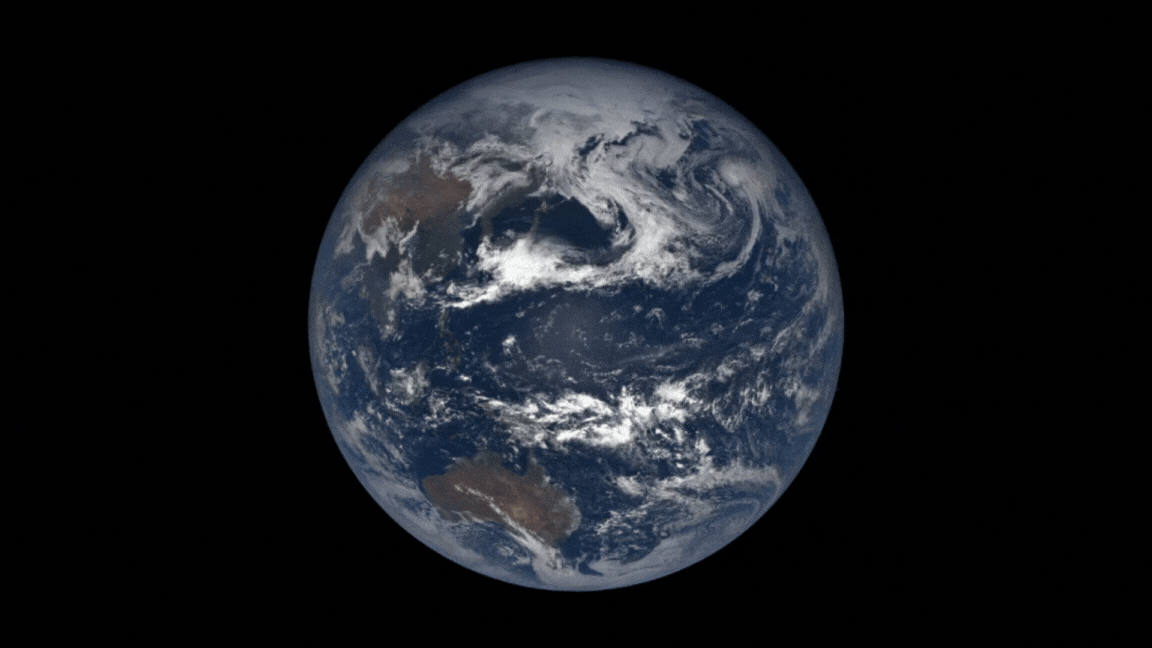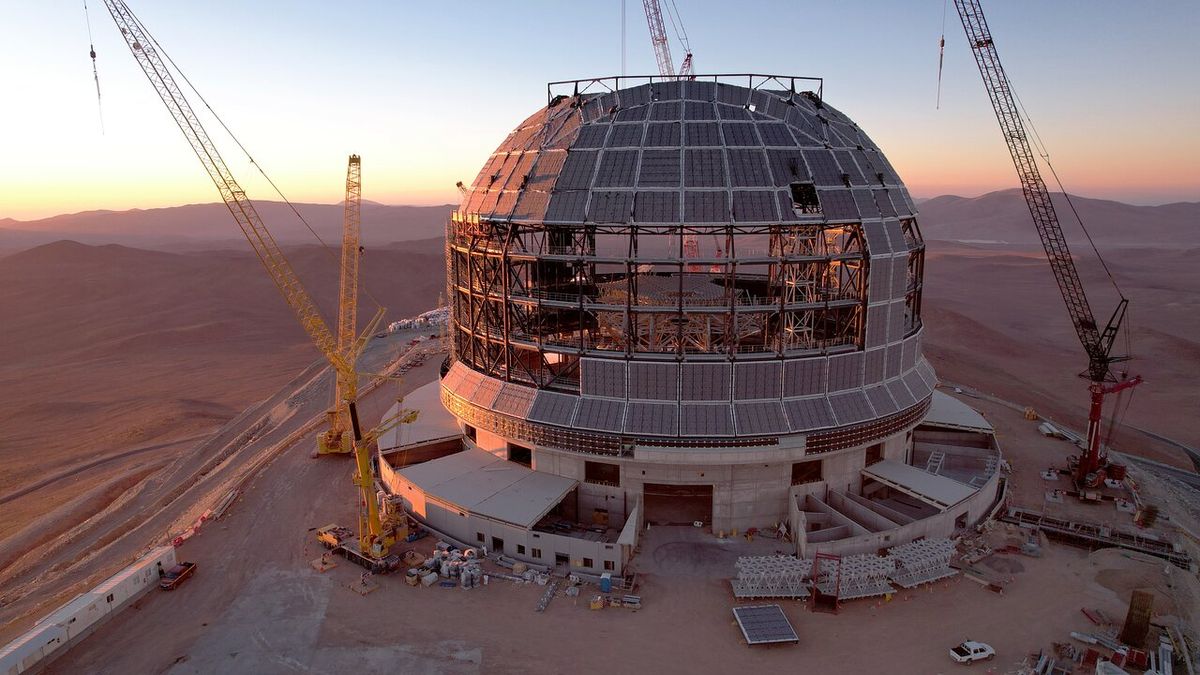Stargazers will soon be able to witness a "double" meteor shower as both the Alpha Capricornids and the Southern Delta Aquariids peak next week.
The twin-skywatching event is "just an amazing coincidence," Nicholas Moskovitz, a planetary astronomer at Lowell Observatory in Arizona, told Live Science.
Meteor showers occur when Earth's orbit intersects a comet's path. The rocky debris left behind by the comet burns up as it enters Earth's atmosphere. During the double meteor showers this month, Earth will cross the orbits of comet 96P/Machholz — which causes the Southern Delta Aquariids that will peak July 29 to July 30 — and comet 169P/NEAT, which births the Alpha Capricornids that will peak July 30 to July 31.
For two meteor showers to peak within 24 hours of each other is "a little bit unusual," Moskovitz said. "But the idea of multiple showers being visible in a single night? Certainly not too uncommon."
Related: Night sky, July 2024: What you can see tonight [maps]
There are more than 900 meteor showers throughout the year, which means that on average, two to three meteor showers occur per night, Moskovitz noted.
But not all of these are "major" meteor showers, like the Perseids or Geminids, in which more than 100 meteors blaze across the sky every hour. Most meteor showers are minor, and astronomers are only beginning to study and measure these showers systematically thanks to newly developed instruments, Moskovitz said.
Meteor showers occur at regular intervals thanks to their predictable orbits around the sun. The small amount of annual variation in their intensity is determined by when comets release debris and how long the debris has been floating in space. Predicting meteor showers has significant implications for the safety of spacecraft and humans traveling in space, said Moskovitz, who heads the Lowell Observatory Cameras for All-Sky Meteor Surveillance (LO-CAMS), a network of cameras that monitor meteors.
At its peak, the Southern Delta Aquariids will treat viewers to around 20 to 25 meteors per hour (so-called background meteor showers are typically around five meteors per hour). The Southern Delta Aquariids will appear "pretty faint," Moskovitz said. "You really need to get to a dark site, away from lights, traffic, stay off your cell phones and let your eyes acclimate to the dark and you may have a chance of seeing some of those faint objects."
The Alpha Capricornids are much less frequent, but they are often associated with "bright fireballs with bigger meteor chunks coming in and burning up and getting brighter and sort of more spectacular," Moskovitz said. These remarkably bright meteors are made of marble-size particles. Fainter meteors are usually grain-size.
The double meteor shower will be best viewed in the Southern Hemisphere where the radiant, or the apparent point from which the shower originates, will be almost overhead. People in the Northern Hemisphere can also see the meteor shower if there is a clear vantage of the southern horizon.
Both meteor showers will continue until mid-August.
"Almost all meteor showers peak in the early morning hours between 2 and 4 a.m.," Moskovitz said. "So if you do want to catch either one of these, your best chances of seeing meteors are to get to a dark site and do so after midnight," he said.
Both showers are best viewed with the naked eye. But to make the most of other skywatching events this year, you may need a new pair of binoculars or a good backyard telescope.

 German (DE)
German (DE)  English (US)
English (US)  Macedonian (MK)
Macedonian (MK) 